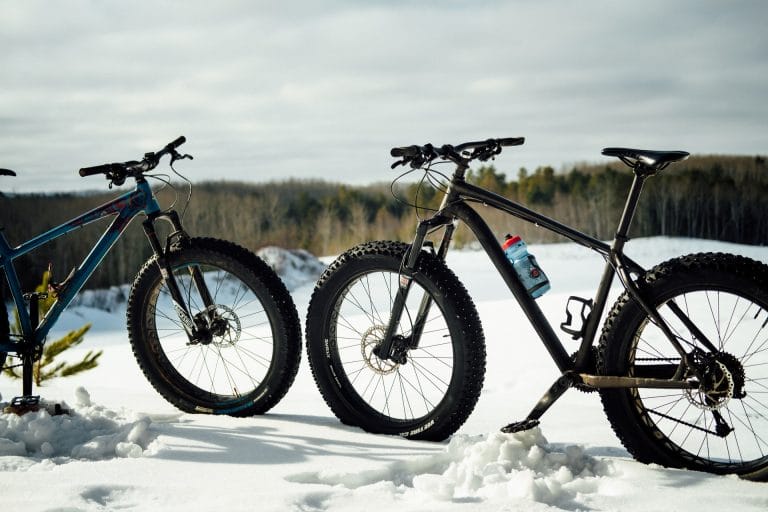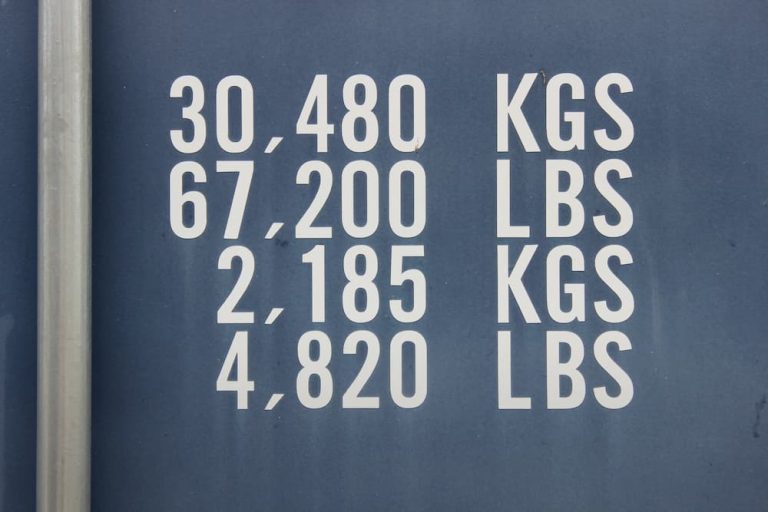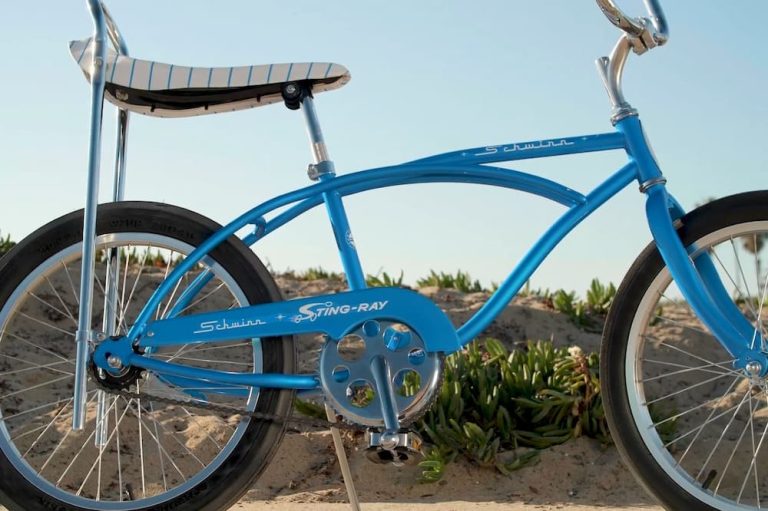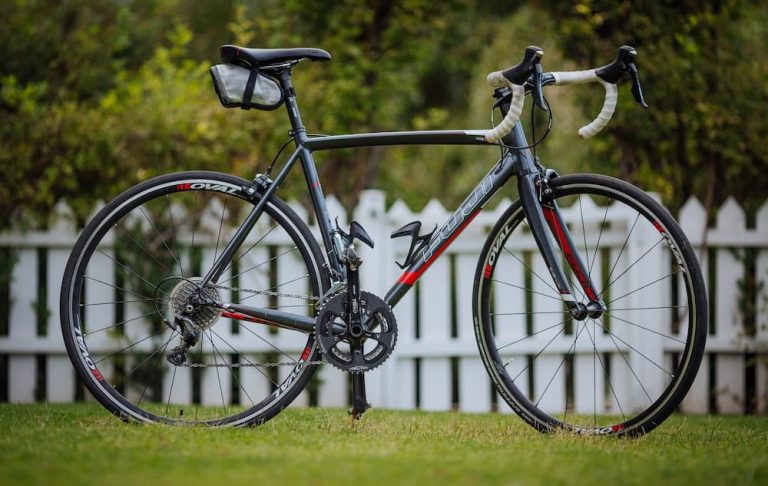Road Bike vs Mountain Bike Comparison – Differences Between MTB and Road Bicycle
Are you standing at the crossroads of choosing between a mountain bike and a road bike, unsure which path to take? You’re not alone. This decision can be tricky, especially with the vast array of options and features in today’s cycling world. As a cycling enthusiast and an expert in bike mechanics, I’ve encountered this dilemma numerous times, both personally and while advising others.
In this article, you’ll uncover the key differences between MTBs and road bikes. From their unique designs to their specialized functions, I’ll guide you through the specifics of each type. Understanding these differences is crucial, whether you’re a seasoned cyclist or just starting out.
By the end of this read, you’ll not only grasp the distinct characteristics of each bike type but also which one aligns best with your riding style and goals. So, let’s pedal forward and explore the fascinating world of MTBs and road bikes together.
Contents
Road Bike vs Mountain Bike Comparison
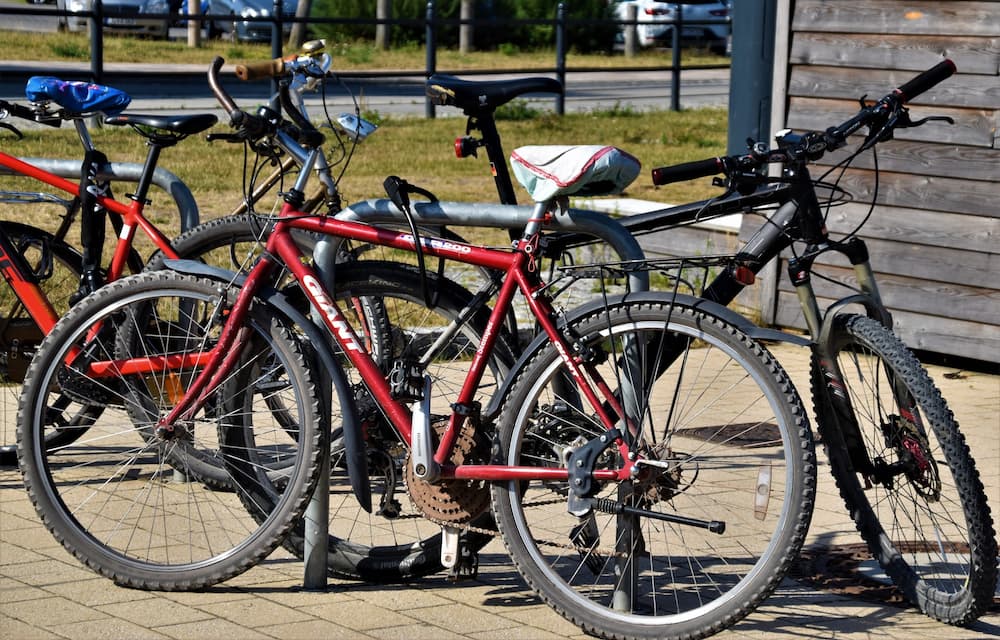
The most popular choices come down to road bikes and mountain bikes, and the comparisons, differences, and similarities have been in the tittle-tattle in the cycling community for eons.
Cyclists have been using road bikes for centuries, with modifications and upgrades over the years. Mountain bikes, on the other hand, were manufactured much later by road bike companies with appropriate changes for mountain sports.
Since both road bikes and mountain bikes have been head-to-head, in terms of usability and popularity among bike lovers. In this road bike vs mountain bike comparison, we have compared each central feature against another.
What is a Road Bike?
Road bikes are designed to be ridden on smooth and paved roads and are popularly used for racing, touring, and utility riding. These lightweight bikes with slim tires have incredible endurance and speed. One of the reasons road bikes are used in racing sports is the speed variations that can be achieved with the cycle.
The sporty road bikes can be cycled for hours on paved roads at incredible speeds without exhausting one’s leg muscles. Road bikes are known to be more traditional in style, but there have been upgrades in speed control and frames over the years.
What is a Mountain Bike?
A mountain bike, or MTB, as it is more commonly known, is uniquely designed to be ridden on rougher or “off-road” terrains, which may include choppy mountainous roads, mountain bike trails, deserts, or jagged woody areas. Mountain bikes are also referred to as “all-terrain bikes” or ATBs.
Among other features and MTB accessories, the modification that makes a mountain bike suitable for rough roads is its stability and sturdiness to survive turbulent rides. With bigger height and upright frames, these heavy bikes can be used on single roads, squally terrains, and fire pathways.
Road Bike vs Mountain Bike Feature Comparison
Now, let’s explore the differences between a mountain bike and a road bike based on their essential features.
Speed
When it comes to speed, road bikes are a clear winner with a speeding capacity of 20% to 30% more than any mountain bike. Unlike a mountain bike, the slimmer tires, lightweight nature contribute to increased speeds.
With higher rolling resistance, a mountain bike can, on average, speed from 3mph to 12 mph depending on the trail of the ride. Road bikes, in contrast, have a speed burst of up to 30 to 40 mph.
Helmet
Road biking helmets vary significantly when compared with mountain bike helmets. Road bike helmets require good aerodynamics and minimum increase in air resistance area, the helmets are designed to be sleek, lightweight, and ventilated.
Helmets for mountain biking are heavier in size, comprise a visor, and are constructed to be less airy as well. Many cyclists prefer road bike helmets as they provide greater comfort and protection against falls and concussions.
Weight
Due to their framing materials, construction, and wheels, mountain bikes are much heavier than road bikes. To achieve a greater steadiness and stable center of gravity, the weight of the mountain bike aids a rider in taking precarious corners and slopes.
While a road bike weighs 15-18 lbs. on average, a mountain bike with full suspension can be as heavy as 30 lbs. to 35 lbs. Due to the weight of mountain bikes compared to road bikes, the maximum speed of a mountain bike is much lower. The lightweight nature of road bikes allows for speed bursts and smoother aerodynamics.
Frame Geometry
With road bikes, the frames are most commonly made of aluminum and carbon. Carbon is mainly used on more upgraded versions of the bike type. These frames have a condensed geometry with a laid top tube and compressed seat post that makes the overall top tube somewhat sliding. This geometry allows for incredible aerodynamics and accelerations.
As for mountain bikes, frames are mostly aluminum alloy, with the exception of steel and carbon fiber. The geometry of mountain bike framing is such that it makes sure the rider has complete control as well as clearance during the ride. These mountain bikes have low bottom bracket height, angled seat posts, and more chainstay length.
Pedals
Both mountain and road bikes have 2 bolt and 3 bolt cleating systems in pedals, allowing you to secure your shoes to the pedals when going for a ride. Although mountain bikes use both flat and cleated pedals, the bolts are usually small in size and simple to unlock.
Road bike pedals are usually 2 bolted and are larger. Since road bikes use higher speeds and ride longer hours, the pedals with larger surface areas provide better support for the feet.
Size
The size of mountain and road bikes of the same power would be similar. Nonetheless, mountain bikes may look bigger in appearance due to bigger tires and fatter frames.
The size of bikes, whether it is a mountain bike or road bike will depend on the physical anomaly of the rider. The frame size will be determined mainly by the person’s height, inseam distance and arm reach to the handlebar.
Workout
When it comes to exercise, a mountain bike required more effort to pedal and hence can be a great calorie burner in a shorter period of time. Moreover, while riding a mountain bike, one has to sit upright, which would improve posture and help build muscle strength.
Road bikes are incredible for all types of riders, who are looking to burn some calories. Although you would require less effort, it is possible to work out for longspun hours with a road bike for a cardio session. Additionally, for people who prefer light workout bike rides, a road bike will be an ideal choice.
Brakes
Road bikes are mostly designed with doubt pivot calipers, also known as rim brakes. However, you may also find disc brakes that are attached to the brake rotors. Although mountain bikes originally used rim brakes, they are mostly manufactured with disc brakes that include the variation of hydraulic and mechanical breaks.
For a more generic evaluation, disc brakes have taken over rim brakes due to their versatility in performance in all kinds of rides and terrains. Such brakes are especially great for wet roads. Yet rim brakes are easily replaced, affordable, and suitable for racing or casual cycling in road biking.
Wheels
The wheels of mountain bikes are much wider and larger than any road bike due to their purpose and performance intentions. A mountain bike needs knobby wheels with incredible traction, as well as grip on surfaces that are rough and sliding.
The heavier wheels have greater tire pressure on the road, hence decreasing tire deflection and increasing road resistance. On the opposition, road bike tires are thinner, smaller in diameter and weight, in order to provide the required speed on paved roads. With lighter rims and an average tire width of 25 to 30 mm at most, the minimized rolling resistance allows the wheels to be an effortless ride.
Cassette and Derailleurs
Rear cassette on road bikes is smaller, in contrast to mountain bike rears which have accommodation for enough gear groups. In mountain bikes, the splines are shortened as well so that the weight of gears is distributed better.
The cranksets and chainrings of front derailleurs in road bikes and mountain bikes are considerably different has, as the former has 3 while mountain bikes have one less.
Price Ranges
Mountain bikes can range anywhere from $400 to $10,0000, with carbon framing and added suspension adding to the cost.
Aluminum framed road bikes can cost as low as $800 with premium features, including rim brakes. Some road bikes that comprise disc brakes and drivetrains for speed, can be as expensive as $15000.
Final Thoughts
Looking at mountain bikes (MTBs) and road bikes, we see big differences. Mountain bikes are tough and built for rough trails, while road bikes are light and fast for smooth roads. It’s not just about how they’re made, but also what they’re best for.
When you pick between a mountain bike and a road bike, think about what kind of riding you like. Do you love off-road adventures or cruising on streets? The right bike feels perfect for your kind of fun. I always say, choose the bike that makes you happiest when you’re riding.
To sum up, MTBs and road bikes are great for different reasons. Your choice depends on where you like to ride: wild trails or smooth roads. Go with the bike that fits your style and makes your rides enjoyable. The best bike is the one that you love to ride every time.
Related Articles



